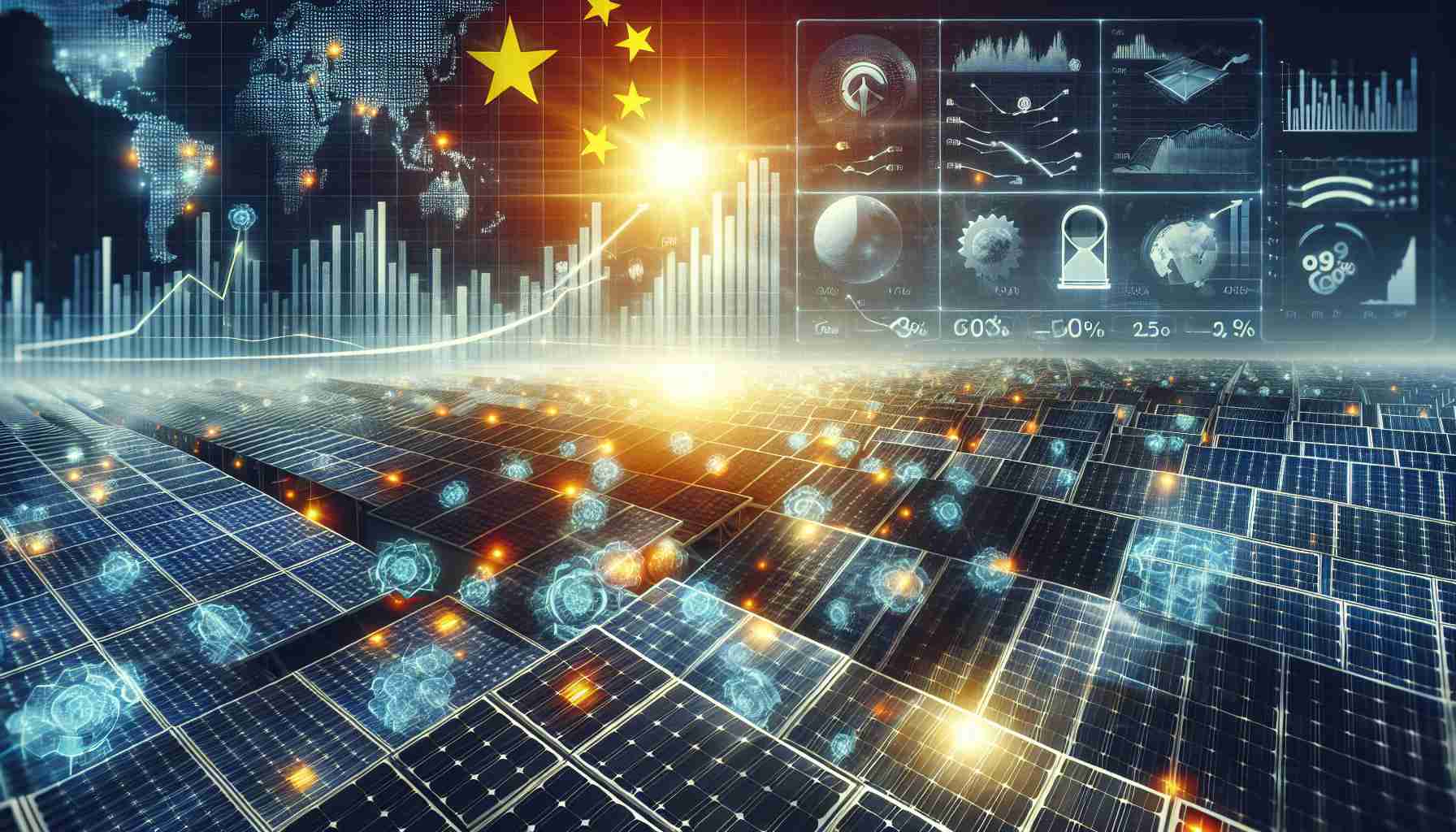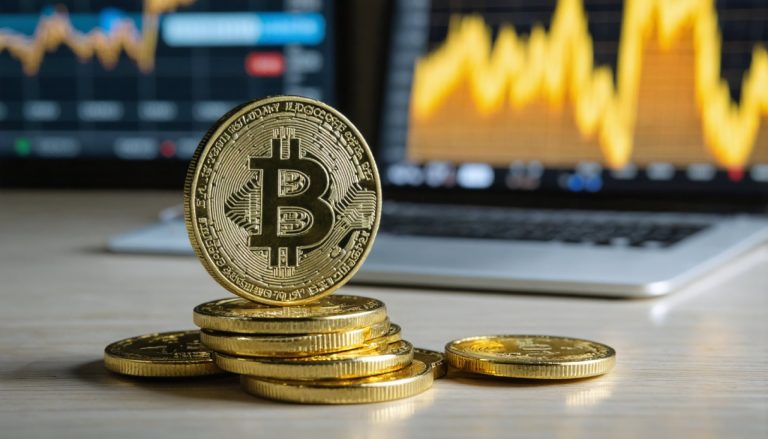
The solar power landscape is shifting dramatically, with China at the helm. As the global demand for renewable energy soars, Chinese firms are redefining their strategies to maintain dominance, even amidst stringent U.S. tariffs and rising trade tensions.
At present, China commands an astonishing 80% of the global solar panel market, a staggering achievement facilitated by state-sponsored financial support and advancements in manufacturing capabilities. While the U.S. once thrived in this industry, it now faces significant challenges, primarily due to soaring costs and competitive disadvantages that have pushed many domestic manufacturers to the sidelines.
As American tariffs aimed at curbing Chinese imports exceed 300%, manufacturers from China have pivoted, relocating production facilities to Southeast Asian countries like Vietnam and Thailand. This strategic move allows them to bypass hefty duties while still supplying affordable solar products to the U.S. market.
In an ambitious expansion plan, Chinese solar power powerhouse JinkoSolar has recently unveiled a $1 billion solar project in Saudi Arabia, designed to enhance its global footprint. Additionally, in response to U.S. incentives aimed at bolstering domestic production, several Chinese companies are setting up vast manufacturing operations within the U.S., targeting a production capacity of 20 GW in the near future.
As these dynamics unfold, the resilience and adaptability of Chinese solar manufacturers herald a new era in the renewable energy sector. The implications for the U.S. market and the global fight against climate change remain significant, marking an essential time in solar history.
The Solar Power Revolution: China’s Dominance and Future Innovations
Shifting Dynamics in the Solar Power Sector
The solar power landscape is undergoing a monumental transformation, with China firmly established as the leading force in the global market. With an impressive 80% market share, Chinese manufacturers have leveraged state support and cutting-edge manufacturing capabilities to outpace competitors. As the world turns to renewable energy to combat climate change, China’s strategic moves may reshape the industry for years to come.
Current Trends and Insights
1. Relocation of Manufacturing: In light of U.S. tariffs exceeding 300% on Chinese imports, many solar manufacturers are shifting production to Southeast Asian countries. This migration allows companies to avoid high duties while maintaining access to the lucrative U.S. market. Countries like Vietnam and Thailand are becoming key production hubs for Chinese firms.
2. Investment in Large-Scale Projects: Chinese solar giant JinkoSolar has recently committed to a staggering $1 billion project in Saudi Arabia, highlighting the company’s strategy to expand its global presence and diversify its market footprint. This project is anticipated to significantly increase JinkoSolar’s production capabilities.
3. U.S. Manufacturing Expansion: In response to U.S. incentives aimed at strengthening domestic production, several Chinese firms are establishing large manufacturing facilities within the U.S. These initiatives are expected to culminate in a production capacity target of 20 GW, positioning these manufacturers to better compete with local firms and reduce reliance on imports.
Pros and Cons of China’s Market Strategy
Pros:
– Cost Efficiency: Chinese manufacturers benefit from lower production costs, aiding their ability to offer competitive pricing.
– Rapid Innovation: Continuous investment in research and development allows for the introduction of advanced solar technologies.
– Global Reach: Strategic partnerships and projects around the world enhance their market presence.
Cons:
– Trade Tariffs: Rising tariffs from the U.S. could limit market access and profitability for Chinese firms.
– Environmental Concerns: The rapid expansion of manufacturing operations raises questions about environmental sustainability and labor practices in Southeast Asia.
– Political Tensions: Trade tensions between China and the U.S. could hinder future business negotiations and growth opportunities.
Future Predictions for the Solar Industry
– Increased Competition: As more Chinese companies invest in U.S. manufacturing, competition will likely intensify, potentially leading to lower prices for solar technology.
– Sustainable Innovations: The shift towards sustainable practices within manufacturing could lead to enhanced green technologies in solar panel production.
– Global Market Integration: As Chinese companies expand their footprint across various regions, the integration of global markets for solar energy products will accelerate, driving technological advancements and cost reductions.
Key Features to Consider in Solar Panels
When looking to invest in solar panels, here are important features to consider:
– Efficiency Ratings: Look for panels with high-efficiency ratings to maximize energy output.
– Durability: Ensure that the panels are durable and come with a robust warranty to withstand various weather conditions.
– Aesthetic Options: Availability of different designs to suit residential or commercial needs.
Conclusion: The Future of Solar Power
As Chinese firms continue to innovate and adapt to market challenges, their role in shaping the future of the solar industry is undeniable. With ongoing investments in manufacturing and global projects, the resilience of these companies may drive further advancements in renewable energy technology.
For more insights on the evolving solar market, visit Energy.gov.



